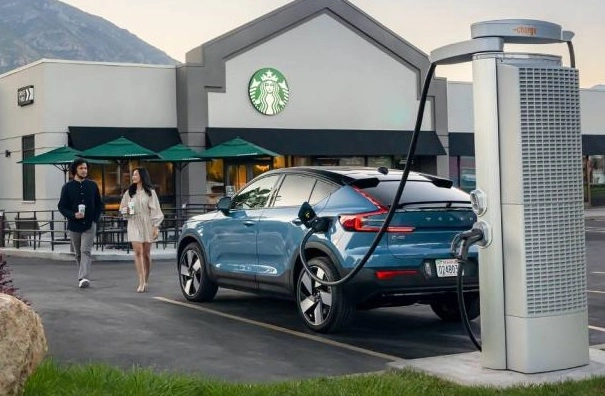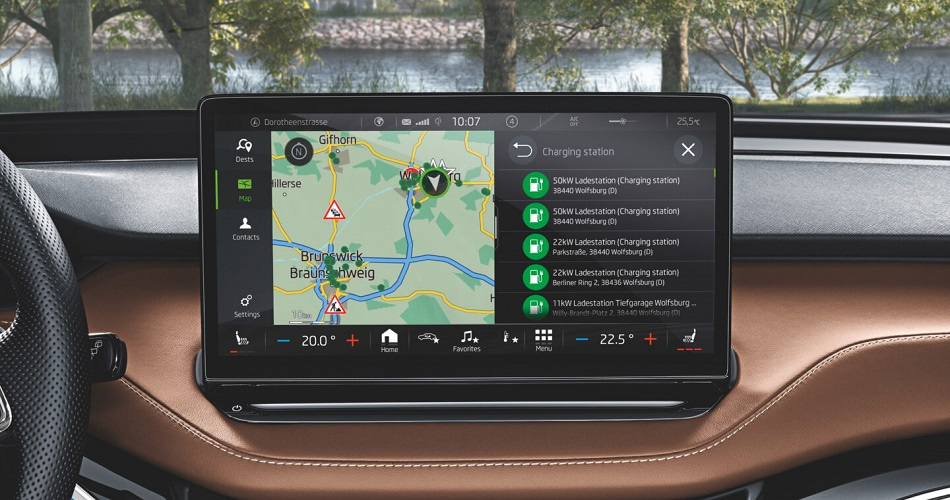The new European Regulation for Alternative Fuels Infrastructure (AFIR) presents a series of objectives that must be met to promote the use of electric, hydrogen, and alternative fuel vehicles in the European Union.

In this regard, André Kaufung, Managing Director at CharIN, explains to Mobility Portal Europe the challenges the sector is facing and the trends that are emerging, taking into account AFIR.
“We believe in smart charging and in a future function where not everyone has to charge every minute with full power. This is something where we see the most potential,” Kaufung comments.
Furthermore, the Managing Director emphasizes the importance of returning energy to the grid and having large-scale V2G functions with Combined Charging System (CCS) and Megawatt Charging System (MCS) to create new business models that drive the economy.
Regarding AFIR compliance, Kaufung believes that in the future, electric vehicle charging stations will be located every 60 kilometers, as stipulated by the regulation.
“The question is when this will happen,” he notes.
Kaufung acknowledges the importance of having regulations that establish a general framework for charging infrastructure development.
However, he also believes that the market should have the freedom to decide how to implement this regulation and adapt to the specific needs of electric mobility users.
“We believe that we have a sufficiently intelligent infrastructure in Europe for the future to enable eMobility for every use case and for anyone interested,” he assures.

It’s worth noting that, concerning electric vehicles, AFIR establishes that by 2030, there should be 10 million public charging points, of which at least 6 million will be fast-charging.
There should also be one million public charging points in urban areas and one charging point every 60 kilometers on major European routes.
As for hydrogen vehicles, there should be 400 refueling stations, with at least 200 located on major European routes and one refueling station every 200 kilometers on these routes.
Finally, there should be one million alternative fuel supply points, of which at least 500,000 will be fast-charging, and one alternative fuel supply point every 150 kilometers on major European routes.
How is the Plug & Charge Europe CharIN project progressing?
The goal of “Plug & Charge Europe” is to establish a Public Key Infrastructure (PKI), a technology necessary to enable secure authentication and authorization through Plug & Charge in accordance with ISO 15118 standards, with CharIN as the operator and provider of the required data.
Kaufung explains that the initiative was initiated in response to requests from its members who wanted to have their own PKI.
“The primary purpose of this project is to align the actors in the European market,” he acknowledges.
CharIN, as a neutral and international authority, ensures fairness, openness, and equal conditions for operating the PKI among all stakeholders.
It’s worth mentioning that the widespread implementation of Plug & Charge has been hindered by the lack of consensus and unity within the industry, as well as pending standardization of key elements.
“There were a lot of challenges at the beginning because V2G PKI is a very technical topic that only a few people have deep knowledge of. That’s why this project took longer than estimated,” comments the Managing Director.
However, these challenges are expected to be overcome through the establishment of a dedicated team within the CharIN community.
It is comprised of different active members, such as BMW AG, bp, ElaadNL, EDF, EnBW, Groupe Renault, IBIL, Ingeteam, innogy eMobility Solutions, Porsche AG, Shell Global Solutions Deutschland GmbH, Stellantis, Total, Tritium, and Volkswagen AG.
To implement it across Europe, it is expected that other international automakers, charging point operators, and technology and mobility service providers will join.
Regarding the progress of the initiative, Kaufung anticipates, “Currently, there are tests underway, and in the coming weeks, we will have the first onboarding processes on V2G charging routes.”
“We don’t know how this will develop in the future because we are not committed to a single route. If there is a market demand, we will offer the solution. But if the market leans towards another solution, it’s fine with us,” he adds.
CharIN’s purpose is not to “run away” to a V2G route but to ensure access to an open market, free competition, and interoperability.
Finally, the Managing Director acknowledges that “there will be other subprojects or similar projects that will emerge to define interfaces between different charging routes.”
Read more: eMobility Advertisements in Europe to Take Place in November at the Mobility Portal Event








